Córdoba #1, Andalucía, Spain 10/13
Arriving in the City of Córdoba, we basically had two goals. First was to take a quick look at the famous Alcázar de los Reyes Cristianos fortress and take a peak inside the Cathedrál de Cordoba, and then, what was actually supposed to be part of Monika’s birthday celebration, we were planning to go to the famous Baños Árabes de Córdoba to soak in the relaxing thermal and saltwater pools, take a steam bath and get a massage.
So much for making plans. First of all, you cannot take a quick look at the Alcázar de los Reyes Cristianos fortress. In early medieval times, the site was occupied by a Visigoth fortress. When the Visigoths fell to the Umayyad conquest of Hispania, the emir of the Umayyad Caliphate in Damascus rebuilt the structure. Then, in 1328, Alfonso XI of Castile began building the present day structure on part of the site for the old fortress and that is why it’s probably called the Palace of the Christian Kings now.
It takes a couple of hours just to walk around all the rooms, one which is filled with huge and intricate Roman mosaics found in the city, Arabic baths, towers and terraces including the spectacular gardens with their reflecting pools, statues and inlaid rock work. From the top of the tower, reached by Gary’s favorite progressively diminishing circular chicken ladder steps, we could see the Cathedral tower and the Royal Equestrian Stables, now home to the beautiful Andalusian horses.
After a relaxing lunch stop in the gardens we continued on to the Mosque-Cathedral, also called Mezquita, a UNESCO World Heritage Site. That was almost beyond belief. Following the Islamic invasion of Córdoba, the dominating Muslims proceeded to demolish the martyr’s Church of St. Vincent, and in the year 785, began the construction of a Mosque, a building that would come to be considered the most important sanctuary of Western Islam in a time when Córdoba was the capital of Al-Andalus, a territory extending as far north as the Duero River. It went through four different expansion phases within two centuries.
When King Ferdinand III, called El Santo, (The Saint), reconquered Córdoba in 1236 and the territory became once again Christian, the mosque and minaret were consecrated back to a Christian church. Instead of tearing down this beautiful mosque and minaret, the architects of that time incorporated the existing building, adding a chapel in the center.
As we wandered around this sanctuary marveling the intricately carved ceilings, incredible mosaic tiles and the forest of interlocking arches and pillars, it was hard to believe that we were actually in a Cathedral. With all two dozen ornately decorated chapels along the outer walls, the main halls are an interesting mixture of Arabic and Roman architecture. The Royal Chapel near the center stands out for its Mudejár plaster works and holds the remains of Kings Ferdinand IV and Alfonzo XI.
The central chapel is an ingenious integration of the caliph structures within the Gothic, Renaissance, and Baroque creations. When we entered this “chapel” we were shocked. This was a cathedral within a cathedral with ceilings reaching high to heaven. Unbelievable.
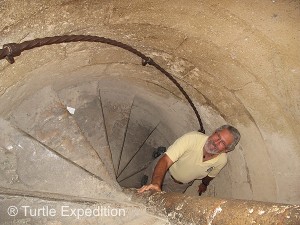
Gary’s favorite progressively diminishing circular chicken ladder steps to reach the top of the tower.
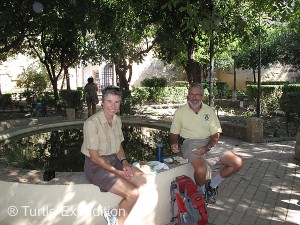
After a relaxing lunch stop in the gardens at the Alcázar we continued on to the Mezquita (Cathedral).
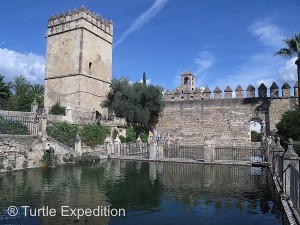
The spectacular gardens with their reflecting pools, statues and inlaid rock work could take hours to explore.
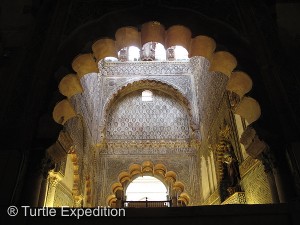
The Royal Chapel stands out for its Mudejár plaster works and holds the remains of Kings Ferdinand IV and Alfonzo XI.
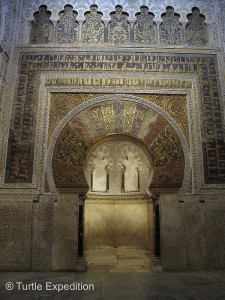
The focal point in the prayer hall of the original mosque is the famous horseshoe arched mihrab or prayer nice which was used to identify the wall that faces Mecca.
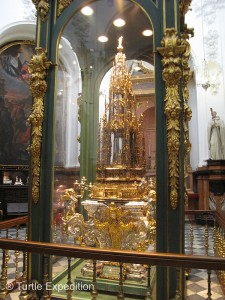
In the Cathedral treasury we marveled at the Corpus Christi monstrance by Enrique de Arfe, still used in modern-day processions.
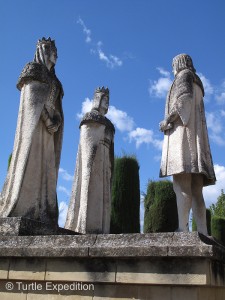
We guessed that must have been Columbus asking the King Ferdinand II and Queen Isabella of Aragon & Castille (Spain) for money to discover America.



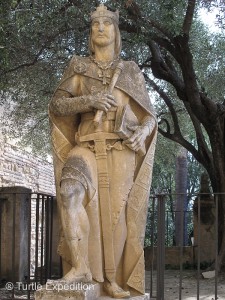
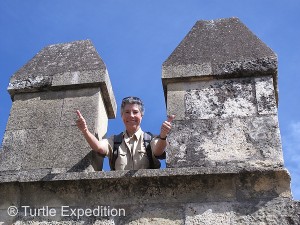
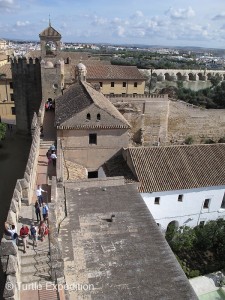
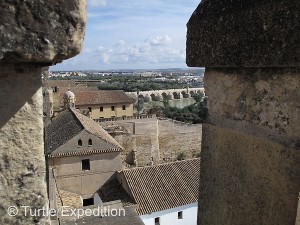
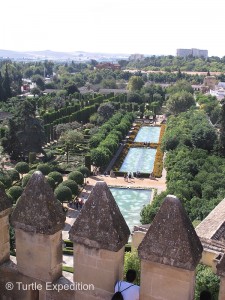
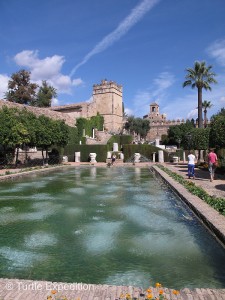
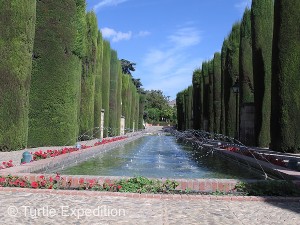
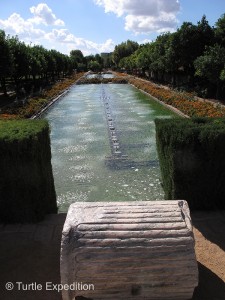
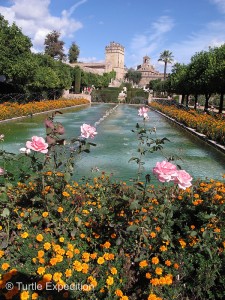
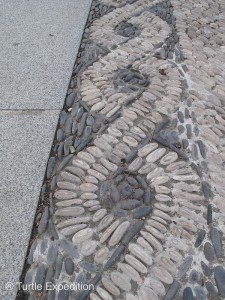
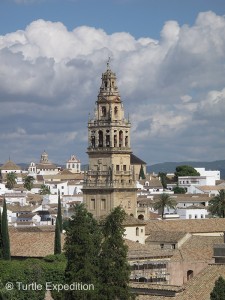
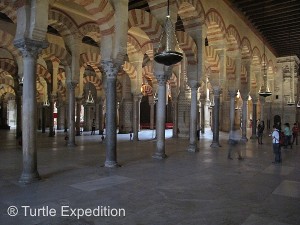
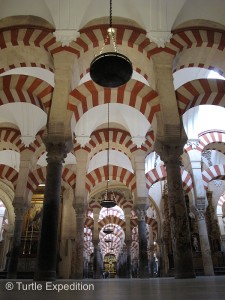
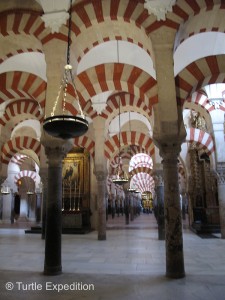
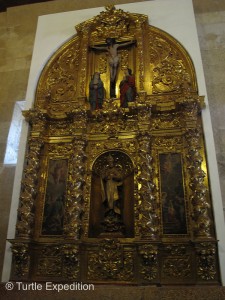
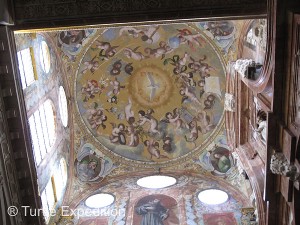
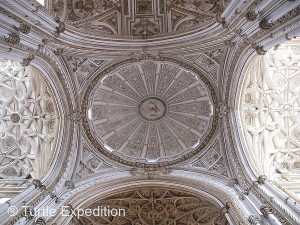
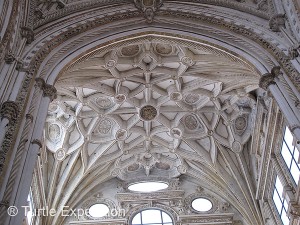
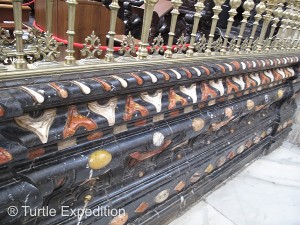
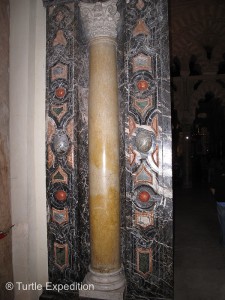
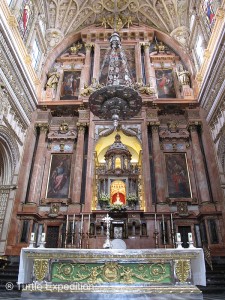
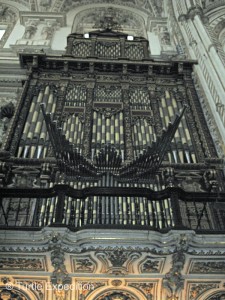





Leave a Comment